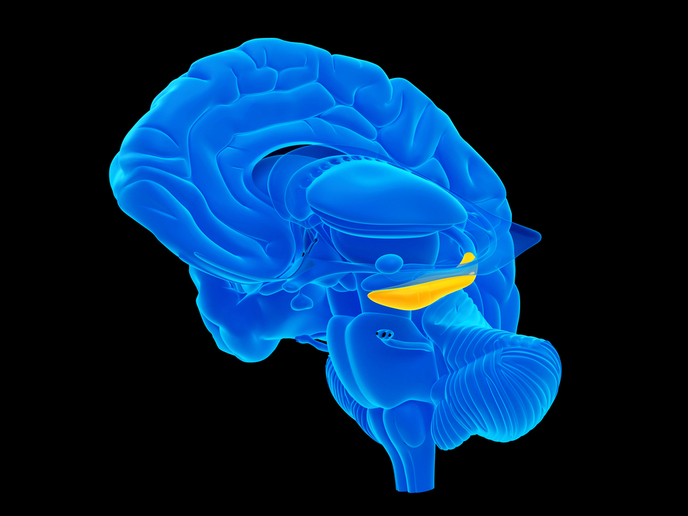Endocrine response to pollution
The EC-funded EASYRING project sought to improve current understanding of pollutant levels in their environment as well as their effects on a variety of species. Affected species include aquatic and land organisms and also humans. Part of the aim was the study of the endocrine effects at different doses and the development of appropriate models that can predict overall toxicity. Project partner, University of Bergen, concentrated on the identification of new biomarkers suitable for monitoring pollutant-induced endocrine disruption in amphibians and fish. Four model compounds were chosen - ethynylestradiol (EE2), tamoxifen (TAM), methyldihydrotestosterone (MDHT) and flutamide (FLU). Carp and the African clawed frog (Xenopus laevis) were the species used for the series of studies that were conducted. In carp, three proteins were isolated as potential biomarker candidates. Based on this group of proteins a total of 6 polyclonal antibodies were raised for further validation tests. In the African clawed frog, specific protein response was studied following exposure to the test compounds. The estrogen regulated protein Ep45 was found to be a new candidate biomarker protein for estrogenic exposure to Xenopus. Further tests and studies are required in this area in order to understand the implication of estrogen disruptors in pathologies and other overall role of pollutants.







